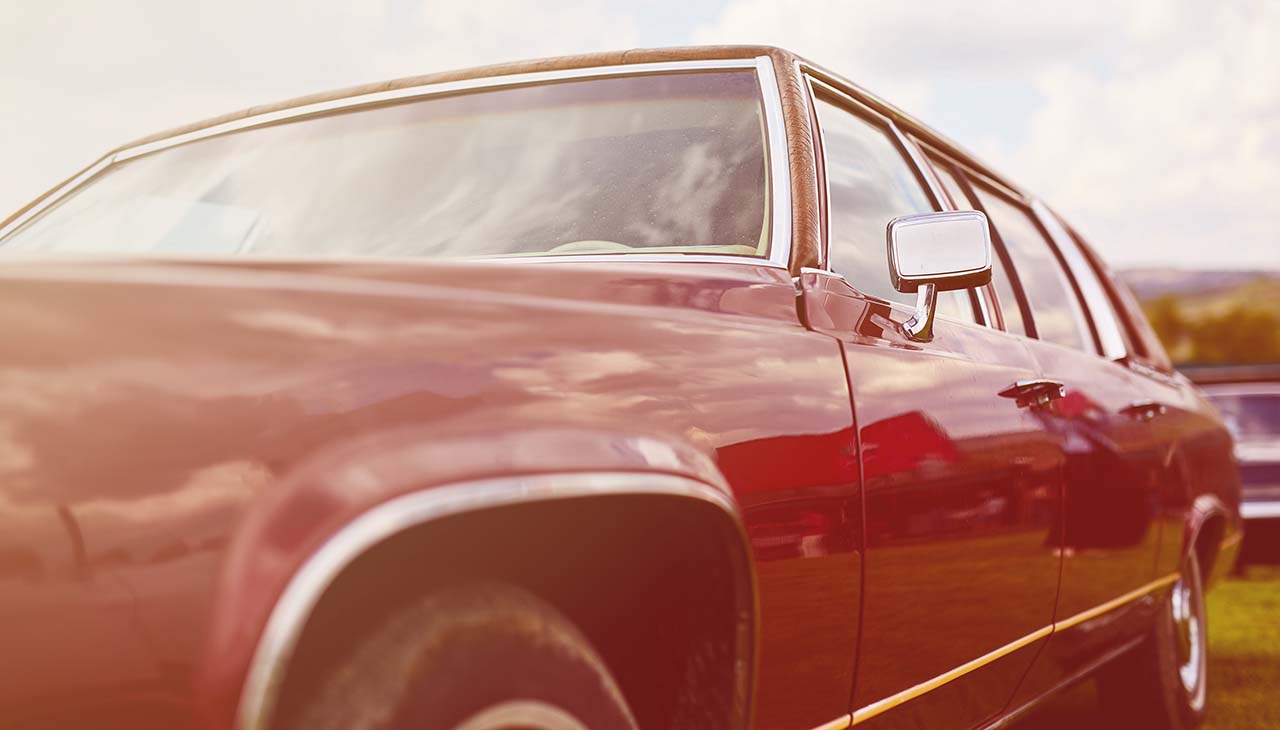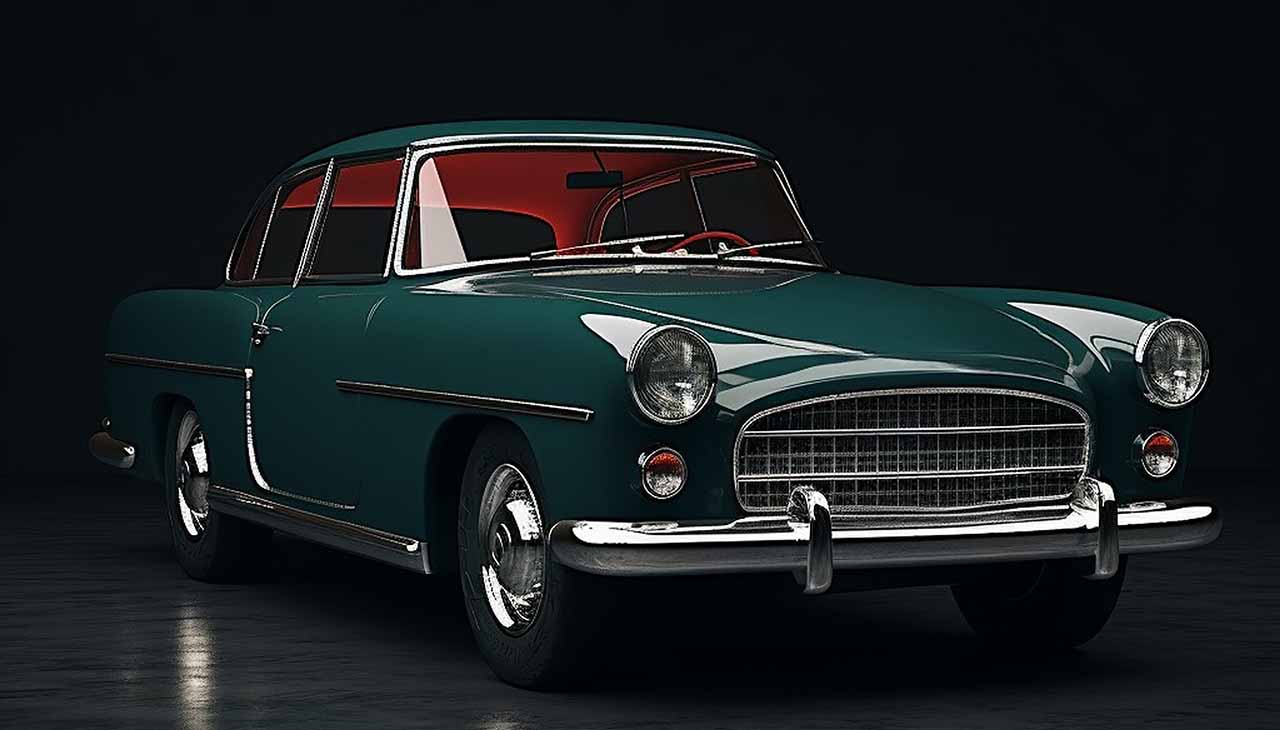
From Classic to Cutting-Edge: The Modernization of Vintage Cars
Introduction
In recent years, there has been a fascinating trend among car enthusiasts—modernizing vintage cars. This movement blends the timeless charm of classic automobiles with the convenience and efficiency of modern technology. But how can you maintain the essence of a beloved vintage car while integrating new features? In this blog post, we will explore this balance, presenting insights and tips for those passionate about both tradition and innovation.
The Appeal of Vintage Cars
Vintage cars hold a unique allure that transcends generations. Their design, craftsmanship, and history evoke a sense of nostalgia that modern vehicles often lack. Enthusiasts cherish these classics not only for their aesthetic beauty but also for the stories they tell and the eras they represent.
Owning a vintage car is like having a piece of history in your garage. The curves, lines, and details are reminiscent of a bygone era when automotive design was as much about art as it was about function. For many, driving a vintage car is a way to reconnect with the past and experience a time when driving was a joy, not just a necessity.
However, the appeal of vintage cars isn’t solely rooted in nostalgia. They also offer a unique driving experience that modern cars can’t replicate. The feel of the steering, the sound of the engine, and even the smell of the interior all contribute to an unmatched driving pleasure.
The Challenge: Balancing Tradition and Innovation
Modernizing vintage cars presents a unique challenge—how do you incorporate contemporary technology without losing the vintage charm? The goal is to enhance the car’s performance, safety, and comfort while preserving its original character.
One of the main difficulties lies in the integration process. Modern features such as advanced infotainment systems, air conditioning, and improved suspension systems can be bulky and may alter the car’s original look and feel. Car enthusiasts must carefully choose modifications that complement the vintage design rather than overpower it.
Another challenge is maintaining the authenticity of the car. Original parts can be rare and expensive, and replacing them with modern alternatives can sometimes devalue the vehicle. It’s crucial to strike a balance between using original components and incorporating new technologies that improve the car’s functionality.
Lastly, there’s the issue of cost. Modernizing a vintage car can be an expensive endeavor. From sourcing rare parts to employing skilled labor, the costs can quickly add up. However, for many enthusiasts, the investment is worth it to create a one-of-a-kind vehicle that combines the best of both worlds.
Techniques in Modernization
There are several techniques to modernize vintage cars while respecting their heritage. Here are some popular methods:
Engine Upgrades
Enhancing the car’s engine is a common method to bring vintage cars up to modern performance standards. Swapping out the original engine for a more powerful and efficient one can dramatically improve the car’s drivability. Modern engines not only provide better fuel efficiency but also reduce emissions, making the car more environmentally friendly.
Safety Enhancements
Safety is a significant concern with vintage cars, as they often lack modern safety features. Upgrading the braking system, installing seat belts, and adding airbags can make these classics safer to drive. Additionally, modern lighting systems, such as LED headlights, can improve visibility without compromising the car’s vintage look.
Interior Design Innovations
Modernizing the interior can enhance comfort and convenience. This can include updating the upholstery with more durable and comfortable materials, adding modern infotainment systems, and installing air conditioning. The key is to integrate these features seamlessly, so they enhance the driving experience without detracting from the car’s vintage appeal.
Case Studies
1967 Ford Mustang
One notable example of a successful modernization project is the 1967 Ford Mustang. This classic car was equipped with a modern V8 engine, significantly boosting its performance. The interior was updated with contemporary materials and an advanced infotainment system, providing a comfortable and enjoyable driving experience. Despite these upgrades, the car retained its iconic look, blending the best of both worlds.
1970 Chevrolet Camaro
Another example is the 1970 Chevrolet Camaro. This car underwent a complete overhaul, including engine upgrades, modern safety features, and a revamped interior. The result was a stunning vehicle that maintained its vintage charm while offering modern performance and comfort.
1955 Porsche 356
The 1955 Porsche 356 is a testament to the possibilities of modernizing vintage cars. This project involved installing a more powerful engine and modern suspension system, greatly enhancing the car’s performance. The interior was also updated with new materials and features, creating a perfect blend of old and new.
Community Engagement
The community plays a vital role in the world of vintage car modernization. Car clubs, online forums, and social media platforms provide spaces for enthusiasts to share their projects, exchange tips, and offer support. These communities foster a sense of camaraderie and help preserve the passion for vintage cars.
Car Clubs
Car clubs are an excellent way for enthusiasts to connect. These clubs often host events, such as car shows and meetups, where members can showcase their modernized classics and learn from each other. Joining a car club can provide valuable resources and support for your modernization project.
Online Forums
Online forums are another valuable resource. Websites like Reddit and dedicated car enthusiast forums offer a wealth of information and advice. Whether you’re looking for specific parts, seeking recommendations for trustworthy mechanics, or sharing your progress, online forums can be incredibly helpful.
Social Media
Social media platforms like Instagram and Facebook have vibrant communities of vintage car enthusiasts. These platforms allow you to share photos and videos of your project, connect with like-minded individuals, and even gain inspiration from others. Hashtags like #VintageCarModernization and #Restomod can help you discover and engage with this passionate community.
The Future of Modernizing Vintage Cars
The future of vintage car modernization looks promising. With advancements in technology and a growing appreciation for classic cars, the industry is poised for continued growth. Here are some predictions for the future:
Increased Accessibility
As technology becomes more affordable, modernizing vintage cars will become more accessible to a broader audience. This democratization will allow more enthusiasts to take on restoration projects and enjoy the benefits of modern technology.
Enhanced Sustainability
Sustainability will play a significant role in the future of vintage car modernization. Electric conversions are becoming increasingly popular, allowing enthusiasts to enjoy their classics while reducing their environmental impact. This trend is likely to continue, with more options for eco-friendly upgrades becoming available.
Greater Customization
The future will also see increased customization options. From 3D-printed parts to advanced software for tuning, enthusiasts will have more tools at their disposal to create truly unique vehicles. This customization will allow for greater personalization, ensuring that each car is a reflection of its owner’s vision and style.
Conclusion
Modernizing vintage cars is a rewarding endeavor that allows enthusiasts to combine the best of the past and present. By carefully balancing tradition and innovation, you can create a vehicle that offers modern performance and safety while retaining its classic charm.
If you’re passionate about vintage cars and eager to start your own modernization project, why not take the first step today? Join a car club, participate in online forums, or share your progress on social media. The community is here to support you, and the possibilities are endless.
Thank you for embarking on this journey with us. We look forward to seeing your modernized masterpieces on the road!

